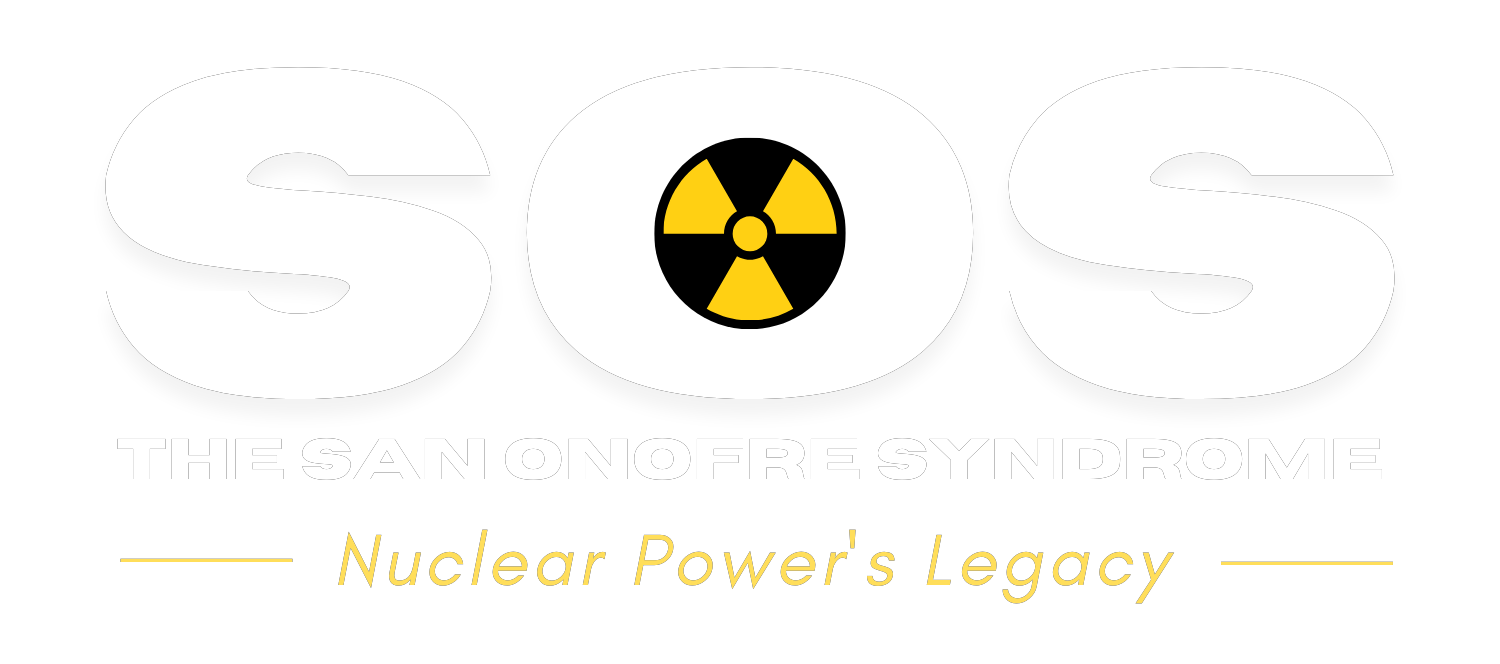SCE Says Ocean Batch Releases Include Trace Amounts of Radioactivity
From Spectrumnews1.com March 12, 2021 news article
By Jo Kwon
SAN ONOFRE, Calif. — This week marks ten years since a major earthquake hit Japan, triggering a tsunami. The natural disasters led to meltdowns at the Fukushima Daiichi nuclear power plant.
In Southern California, San Onofre is home to a nuclear power plant that has been decommissioned. Part of the decommissioning process includes releasing water that can consist of radioactivity from the plant into the ocean.
The last time the San Onofre Nuclear Generating Station, or SONGS, produced electricity for Southern California Edison, or SCE, customers was 2012. In 2013, the decommissioning process began.
Manager of Environmental Decommissioning Ron Pontes said that when the decommissioning process began in 2013, "there remained here several hundred thousand gallons of water stored in tanks, sumps, and so on."
"Some of that water was potentially contaminated with radioactivity," he said.
Pontes explains part of the decommissioning process includes occasionally having to get rid of some of the fluid. He said the process is called batch releases. Last year SCE did about ten releases into the ocean. Pontes estimates the batch releases were "less than 20,000 gallons apiece."
Pontes said before any batch releases happen, the fluid is cleaned up "through a process of ion exchangers and filters. Then we move that water to a process tank. And we recirculate that tank."
He said it circulates until it's well mixed. Then a sample of the water is taken.
"We send it off, offsite, to a lab that has very sensitive instruments," he said. "And we measure the radioactivity that's in the water."
The sample must meet regulatory requirements before it's released into the ocean about a mile from the shoreline and 50 feet below the water's surface.
"A typical release that we've been making has a whole-body dose of .000007 millirem to a person," Pontes said.
For context, Pontes said if you eat bananas or potatoes, they contain potassium-40, a naturally occurring radioactive isotope. Ponte said, on average, people get about 14 millirems of radiation from potassium-40 every year.
"That compares to basically zilch or nothing from these releases," he said.
Some people, including surfers, are not convinced the batch releases are safe.
